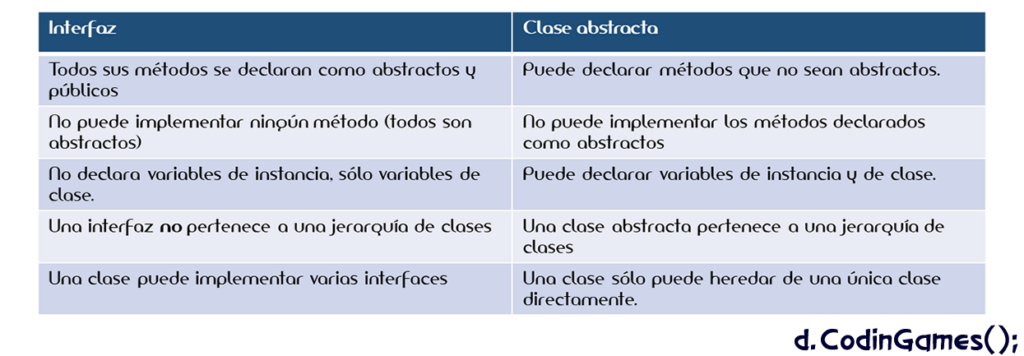In today’s dynamic business landscape, resource efficiency and optimization are crucial for survival and growth. Two systems that play a pivotal role in this area are CRM (Customer Relationship Management) and ERP (Enterprise Resource Planning). While both contribute to improved business management, their functions and approaches differ significantly. This article delves into the key differences between CRM and ERP, exploring their individual functionalities and, most importantly, how their integration can maximize an organization’s performance. Ignoring the synergy between the two systems means leaving money on the table and compromising operational efficiency.
1. CRM: The Heart of the Customer Relationship
CRM, or Customer Relationship Management, focuses on improving customer interactions throughout their entire lifecycle. Its primary goal is to understand customer needs, manage interactions with them efficiently, and ultimately increase loyalty and profitability. An effective CRM system collects and analyzes data from various sources, such as the website, social media, email, and customer service, creating a comprehensive profile of each customer. This information allows companies to personalize their communications, provide more effective customer service, and anticipate future needs.
Specific examples of CRM functionalities include:
* Contact management:Storing and organizing detailed customer information, including contact information, purchase history, previous interactions, and preferences.
* Marketing Automation:Creating and sending segmented email marketing campaigns, automating workflows, and tracking campaign performance.
* Sales Management:Track the sales process from prospecting to closing with tools for opportunity management and sales forecasting.
* Customer service:Incident logging and tracking, ticket management, live chat, and other tools to improve the customer experience.
* Data analysis:Reporting and data analysis to identify trends, customer behavior patterns, and areas for improvement.
Popular CRM software such as Salesforce, HubSpot, Zoho CRM, and Microsoft Dynamics 365 offer a wide range of features adaptable to different business needs. The choice of system will depend on the size of the company, its industry, and its specific objectives.
2. ERP: The Backbone of Business Operations
ERP, or Enterprise Resource Planning, is a comprehensive system that integrates all functional areas of an organization, from financial and human resource management to the supply chain and production. Its main objective is to optimize internal processes, improve operational efficiency, and provide a unified view of the company. An ERP system centralizes information, eliminating the need for isolated systems and improving collaboration between departments.
Key ERP functionalities include:
* Financial management:Accounting, accounts payable and receivable management, treasury management, and financial reporting.
* Human Resources Management (HR):Payroll management, recruitment, training, and employee performance management.
* Supply chain management:Production planning, inventory management, purchasing and logistics.
* Project management:Project planning, monitoring and control.
* Business Intelligence (BI):Data analysis for strategic decision-making.
ERP systems such as SAP, Oracle, Microsoft Dynamics 365, and Infor offer robust solutions for businesses of all sizes. Implementing an ERP can be a complex and costly project, so careful planning and selecting the right system for your company’s specific needs are essential.
3. Key Differences Between CRM and ERP: A Direct Comparison
While both CRM and ERP are essential for efficient business management, their approaches and objectives are different. The following table summarizes the key differences:
| Feature | CRM | ERP |
|———————–|——————————————-|———————————————-|
| Main focus| Customer relationship management | Management of internal company processes |
| Main objective| Increase loyalty and profitability | Optimize operational efficiency |
| Main users| Sales, marketing, customer service | All company departments |
| Managed data| Customer Information | Company-Wide Data |
| Integration| Integrates with other applications, including ERP | Integrates different functional areas of the company |
| Implementation| Generally easier and faster | Generally more complex and expensive |
4. The Synergy of Integration: CRM + ERP = Success
Integrating a CRM and an ERP represents a significant step toward complete business optimization. When both systems communicate and share data, the organization gains a holistic view of its operations and customers. This integration enables:
* Real-time customer information:The sales team has access to the client’s financial and operational information, facilitating more informed decision-making.
* Process automation:Automating workflows between CRM and ERP reduces errors, saves time, and improves efficiency.
* Improved sales forecasting:CRM sales information is integrated with ERP inventory and production data, improving forecast accuracy.
* Better customer service:Access to complete customer information allows for more personalized and efficient service.
* Making more informed decisions:Integration provides a complete view of the business, facilitating data-driven strategic decision-making.
A concrete example: Let’s imagine an e-commerce company. CRM and ERP integration allows the inventory in the ERP to be automatically updated when a new sale is recorded in the CRM, avoiding stockouts and delivery delays. At the same time, customer information is enriched with purchase data, facilitating personalized marketing campaigns and targeted offers.
5. Conclusion: Harnessing the Power of Integration
Implementing a CRM and an ERP system individually brings significant benefits to an organization. However, their true power lies in their integration. This synergy allows for a unified view of the business, optimizing operational efficiency and improving customer relations. Before implementing any of these systems, it is crucial to conduct a thorough analysis of the company’s needs, considering its size, industry, and strategic objectives. Selecting the right software and carefully planning the implementation are critical factors for success. Ultimately, investing in CRM and ERP integration is not just a technological improvement, but a strategic investment in the company’s long-term growth and sustainability. It’s not just about having two systems working, but about making them work together for superior results.

